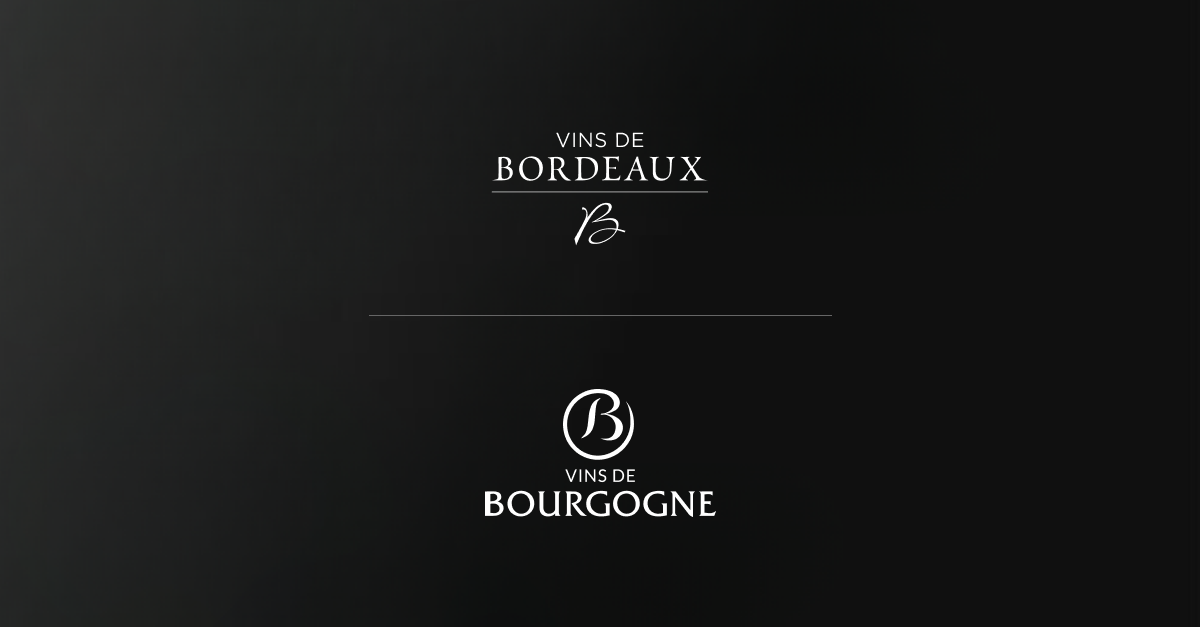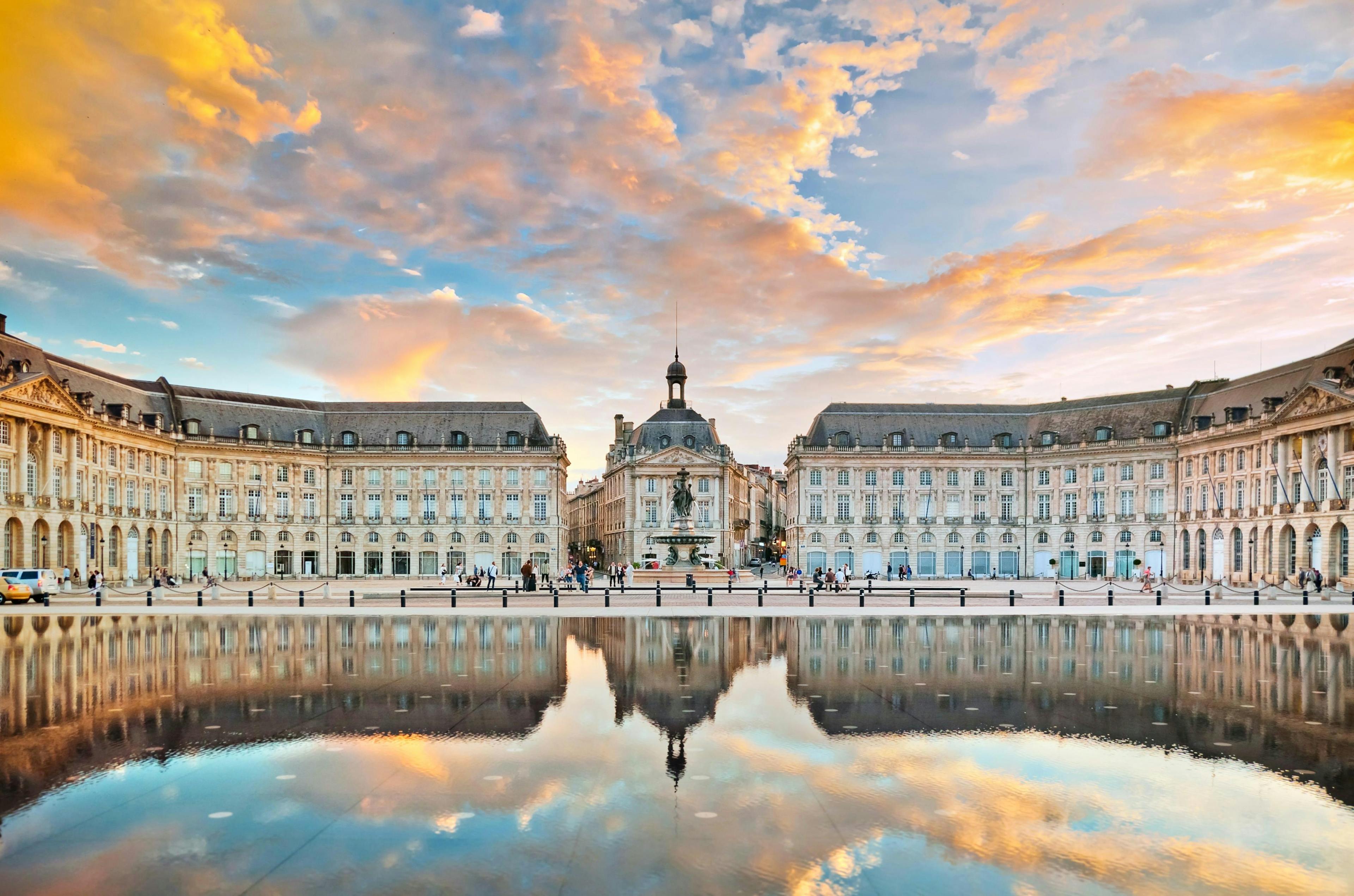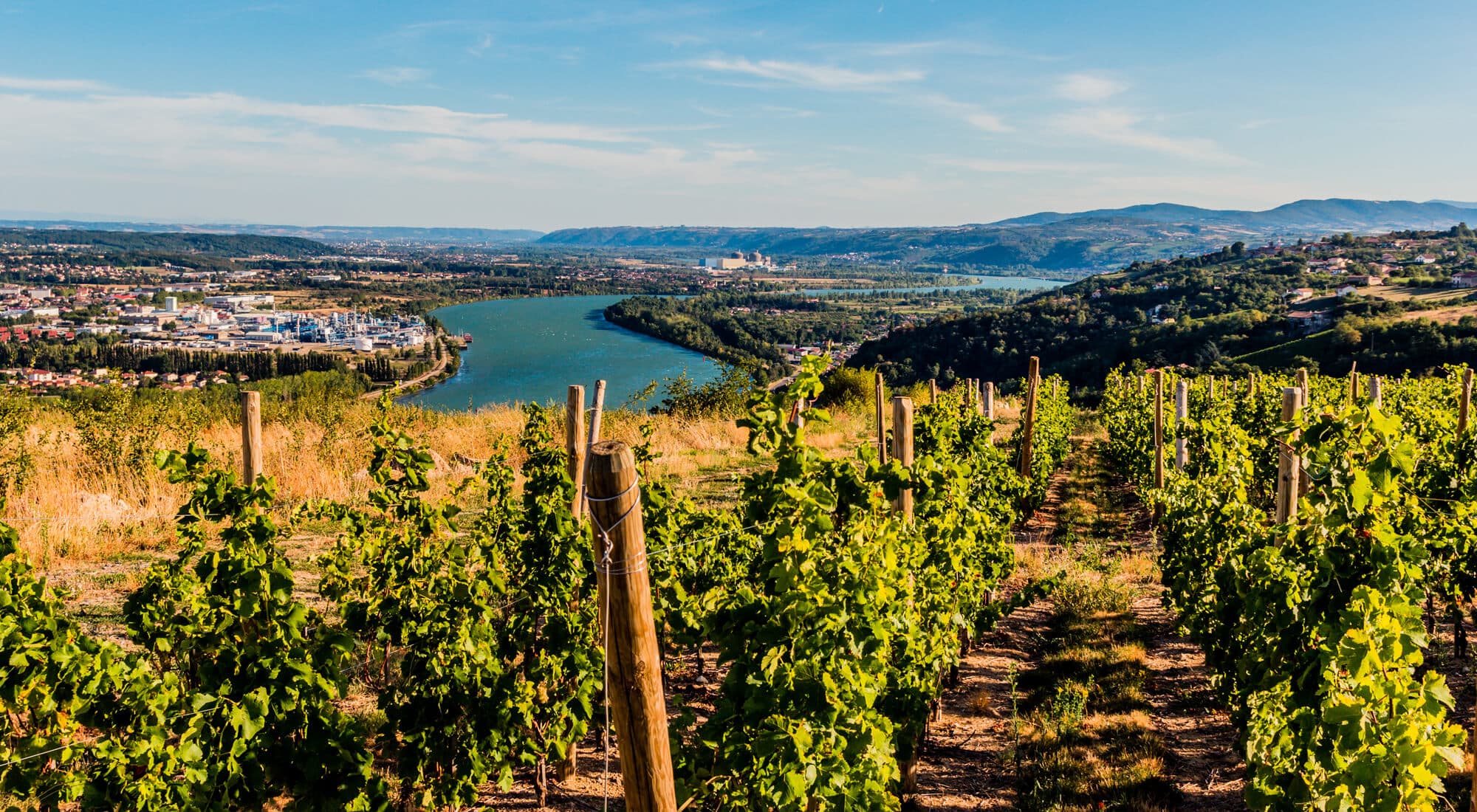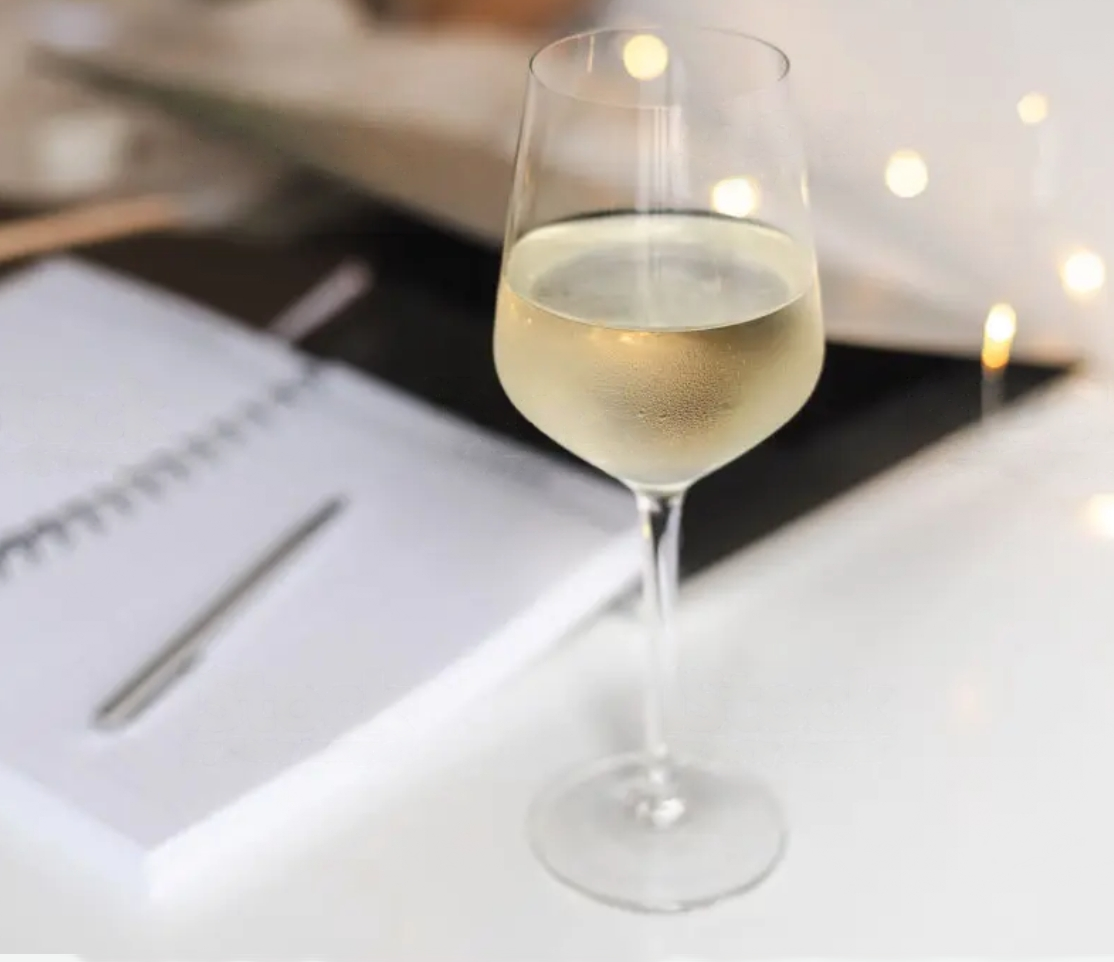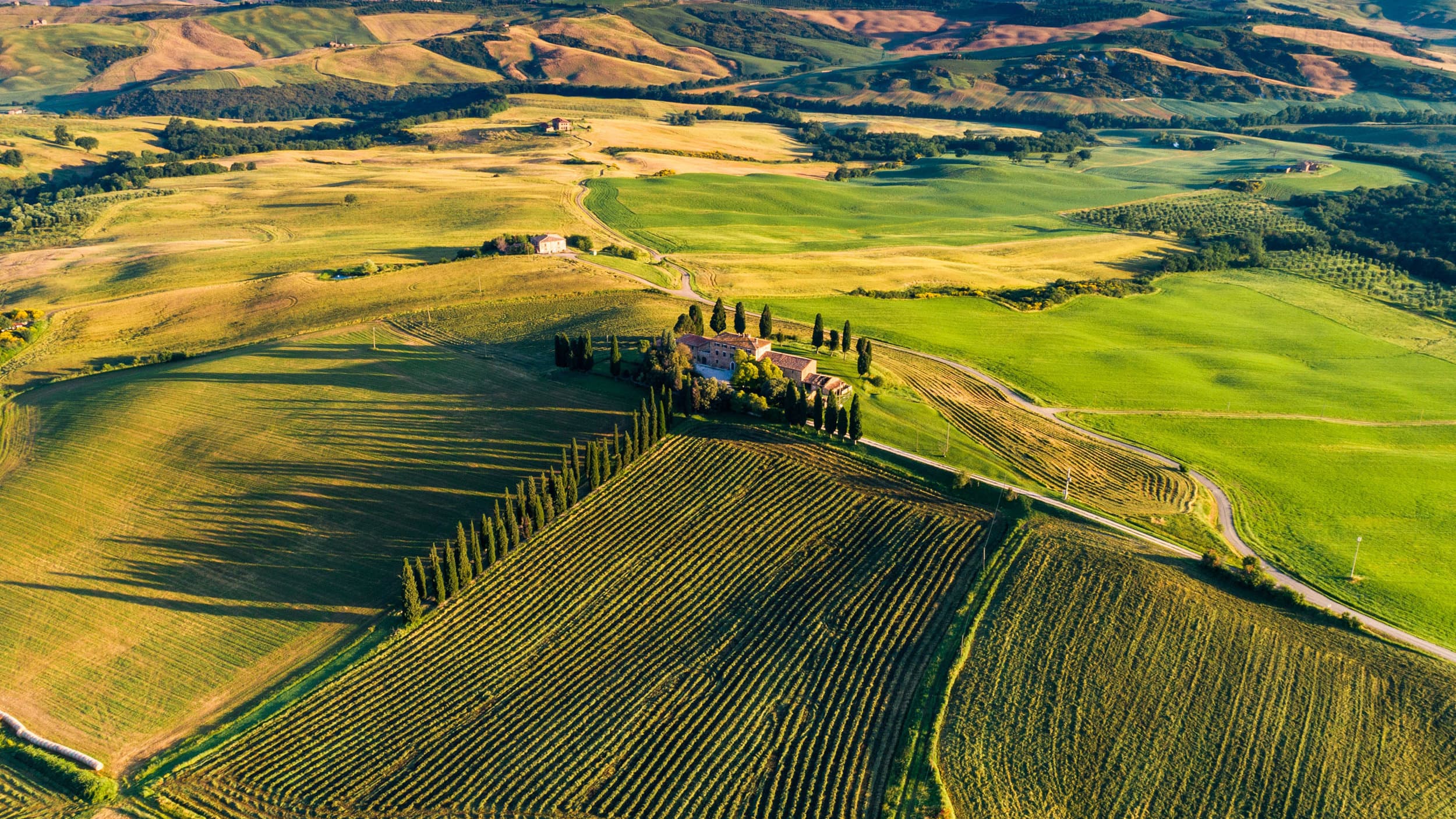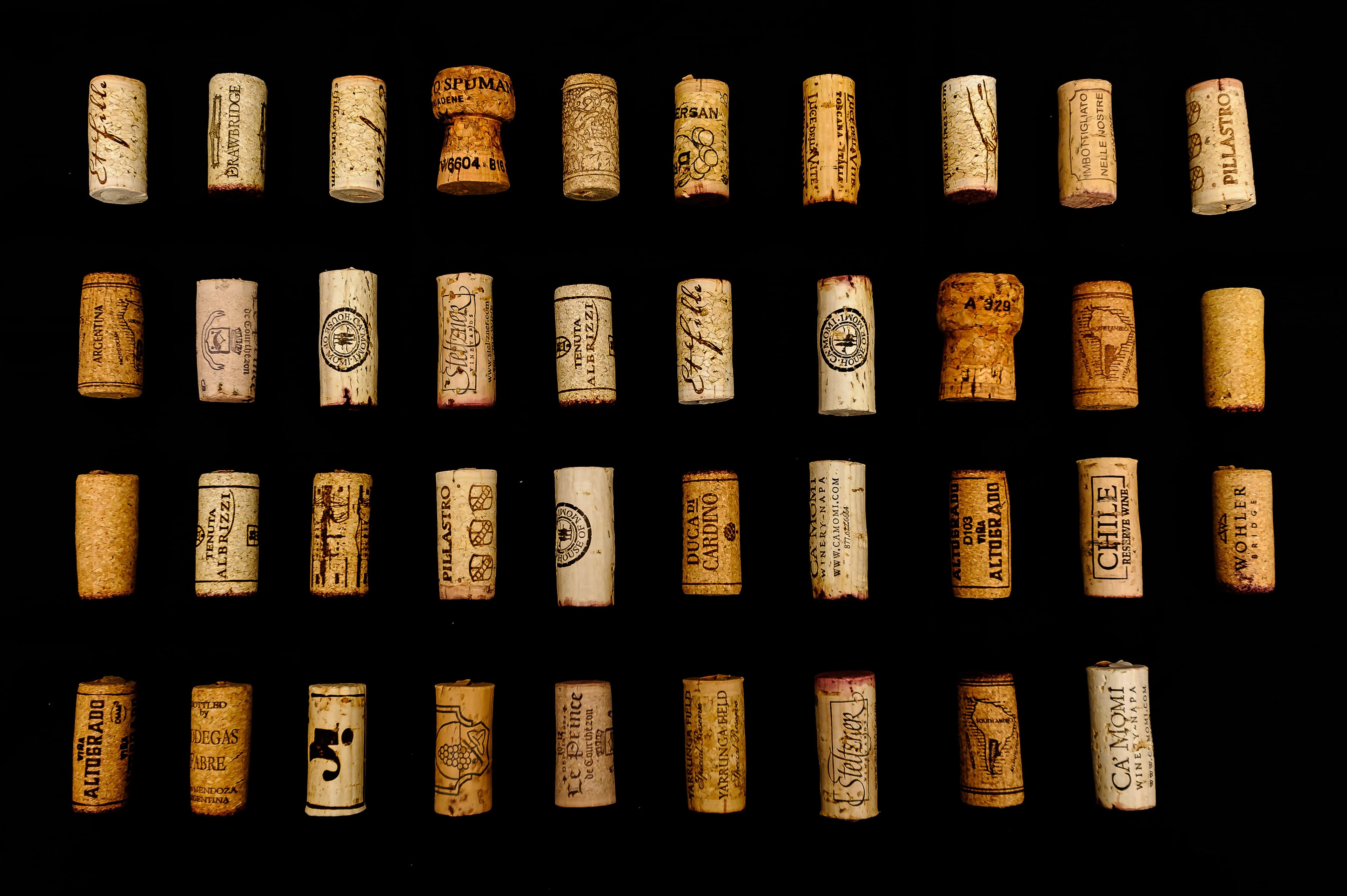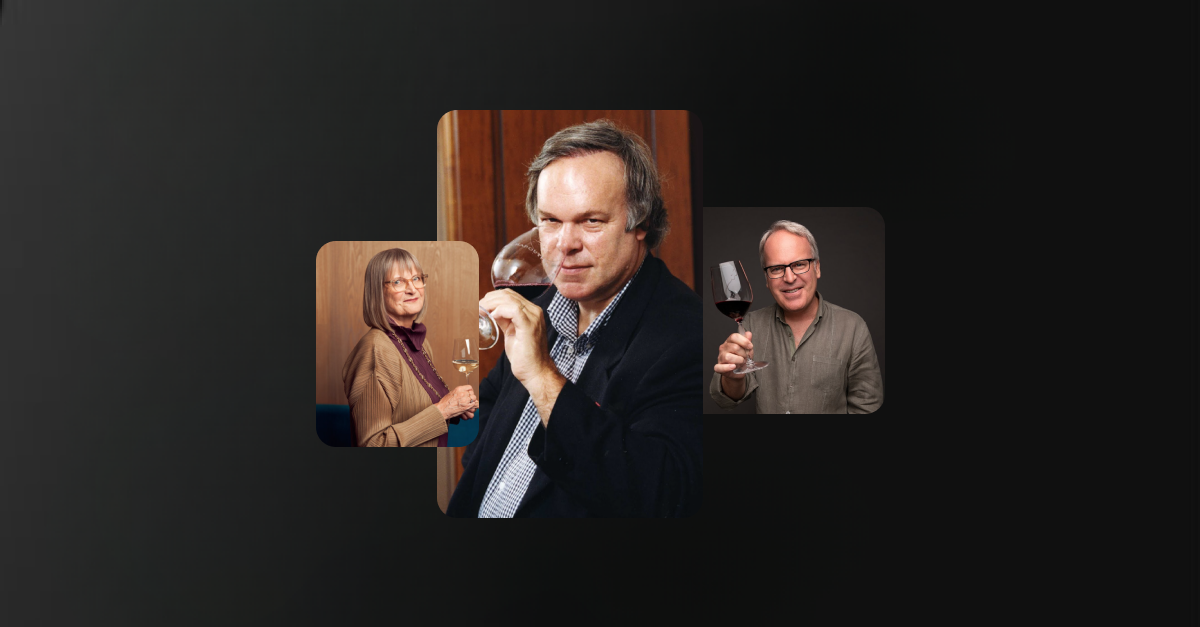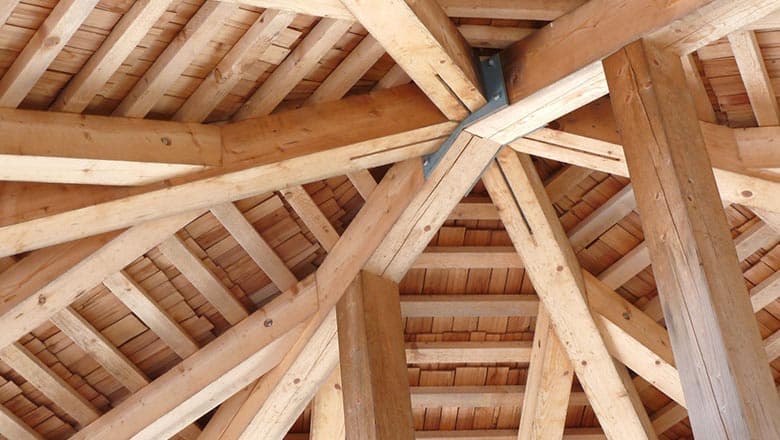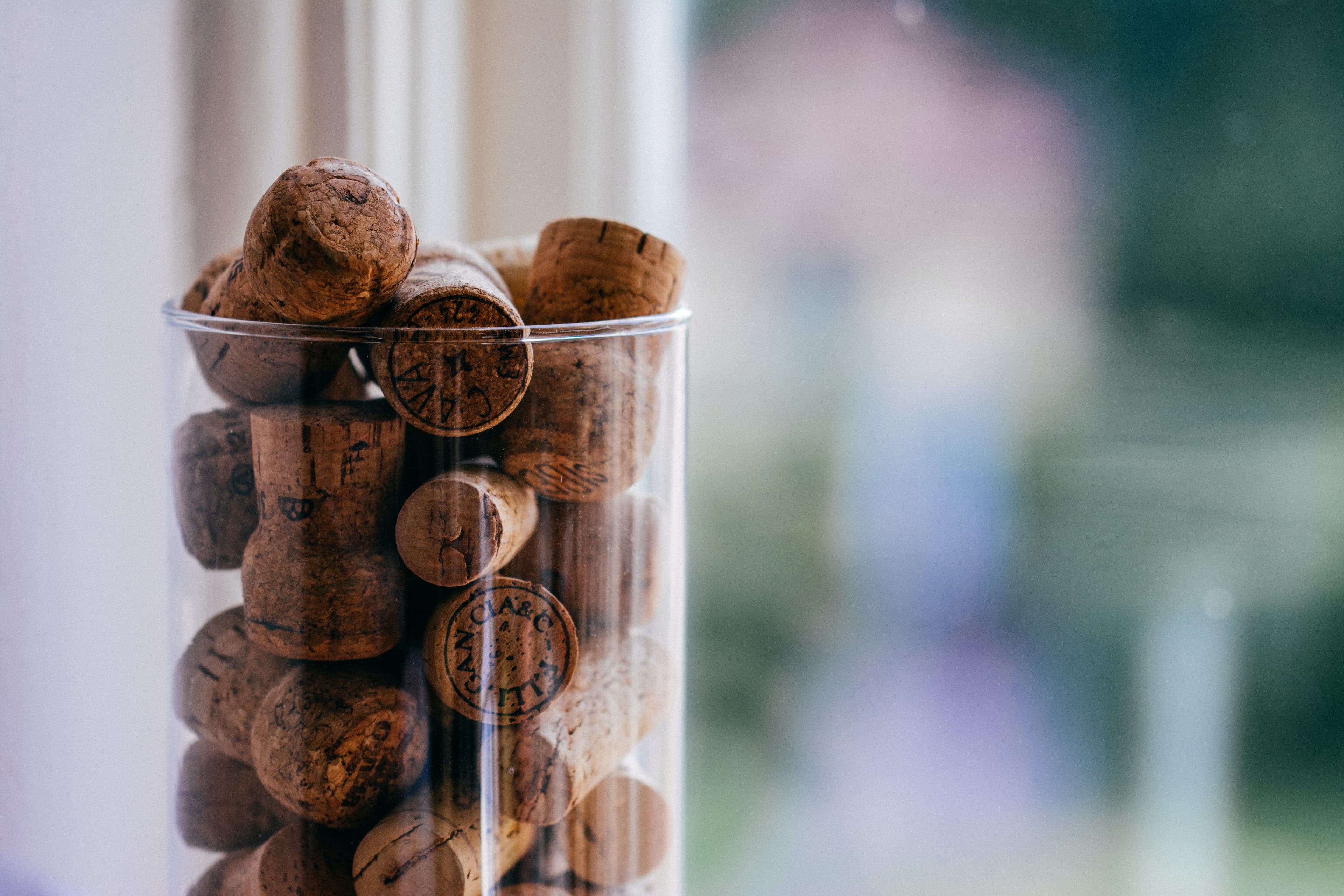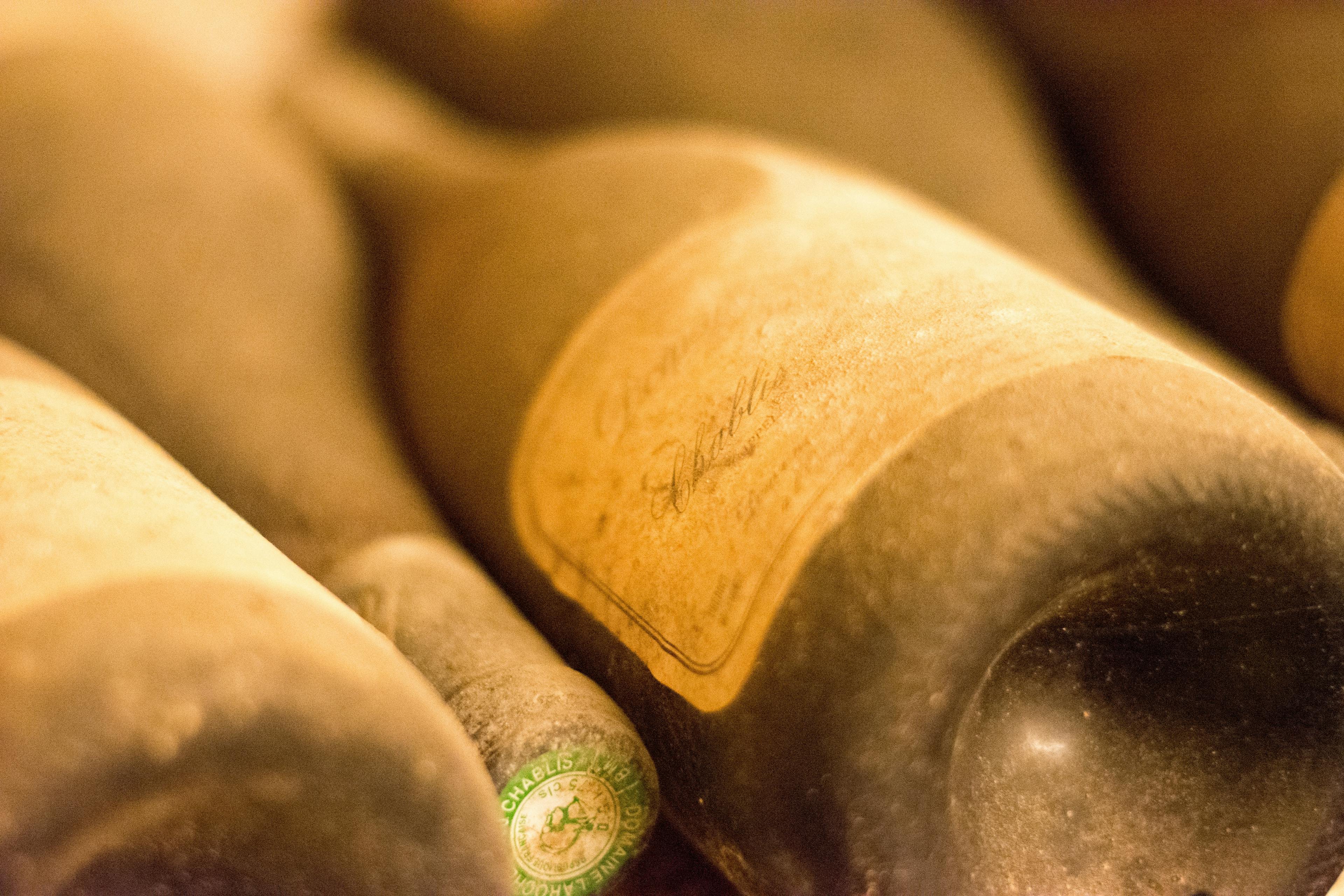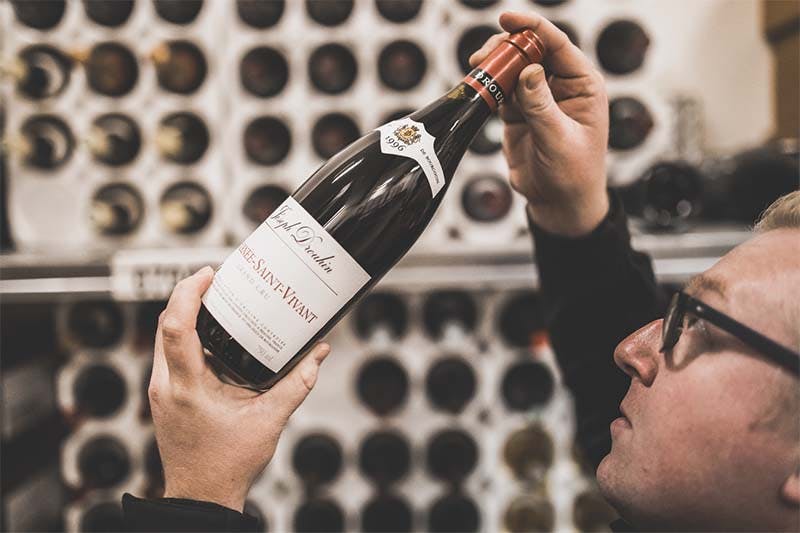What is the History Behind Domaine Bonneau du Martray?
12 min read
Head of Content

Discover the fascinating history of Domaine Bonneau du Martray, a name synonymous with excellence in the world of Burgundy wines. Nestled in the heart of France's prestigious Burgundy region, this esteemed vineyard has been producing some of the finest wines for centuries. The estate's story is a tapestry of historical events, influential figures, and winemaking traditions that have been passed down through generations. As we delve into the past of Domaine Bonneau du Martray, we uncover the roots of its renowned reputation and the enduring legacy that continues to captivate wine enthusiasts around the globe.
The Origins of Domaine Bonneau du Martray
Tracing back to the Roman era, the land where Domaine Bonneau du Martray now stands was already recognized for its exceptional soil and favorable climate, ideal for viticulture. By the early Middle Ages, this area was cultivated by monks, who played a crucial role in developing the region's reputation for quality wine production. The estate itself was established in the 9th century, a testament to the enduring heritage and deep roots in Burgundy’s winemaking history.
Ownership of the estate has passed through various noble hands, each contributing to its legacy and cultivation practices. In the 19th century, the Bonneau du Martray family acquired the property, giving it the name that continues to serve as a hallmark of excellence in the wine industry. Under their stewardship, the focus sharpened on producing high-quality Chardonnay and Pinot Noir, leading to its current status as a revered producer in the Corton-Charlemagne appellation.
Key milestones in the estate's development include:
The introduction of innovative viticultural techniques in the late 20th century.
Achieving organic certification, reflecting a commitment to sustainable practices.
Recent collaborations with renowned winemakers to blend tradition with modern expertise.
Key Historical Milestones and Their Impact on the Winery
Domaine Bonneau du Martray, a revered name in Burgundy, has a rich history marked by several key milestones that have significantly shaped its development and success. One of the earliest pivotal moments was its establishment in the early 9th century, originally part of the Charlemagne's holdings. This early association with nobility set a prestigious foundation for the winery's legacy.
In the 19th century, the domaine underwent major vineyard expansions, which allowed for increased production and variety in its wine offerings. This expansion was crucial as it helped the winery sustain itself through the phylloxera epidemic that devastated many European vineyards.
The 20th century brought technological advancements in viticulture and winemaking. Domaine Bonneau du Martray was among the first in the region to adopt these innovations, enhancing both the quality and consistency of its wines. This period also saw the winery's consolidation under the Le Bault de la Morinière family, who refocused on producing solely white and red Burgundy wines, elevating the brand's prestige.
These developments have contributed to the creation of some of the most popular vintages that wine enthusiasts cherish today. Each vintage reflects the rich historical tapestry and dedicated craftsmanship at Domaine Bonneau du Martray, making each bottle a testament to its enduring legacy.
The Evolution of Winemaking Techniques Over the Years
The winemaking techniques at Domaine Bonneau du Martray have undergone significant transformations over the years, reflecting broader trends in the industry. Initially, the focus was on traditional methods, which emphasized manual labor and natural fermentation processes. As technology advanced, so did the techniques used at the vineyard. The introduction of stainless steel tanks and temperature-controlled fermentation allowed for more precise management of the winemaking process, enhancing the consistency and quality of the wine.
In recent decades, there has been a shift towards organic and biodynamic practices, highlighting the estate's commitment to sustainability and environmental responsibility. These practices not only improve the quality of the vineyard's output but also ensure the health of the ecosystem in which the vines grow.
Moreover, the evolution of winemaking techniques has influenced the development of optimal food pairings for Domaine Bonneau du Martray's wines. The refined methods have led to wines with greater complexity and balance, making them suitable for a variety of dishes:
Roasted meats
Aged cheeses
Grilled vegetables
Seafood dishes
Chocolate desserts
Each pairing is designed to enhance both the wine and the food, creating a harmonious dining experience.
Notable Figures in the Winery's History
Domaine Bonneau du Martray, a revered name in Burgundy, has been shaped significantly by several key figures throughout its history. Jean Le Bault de la Morinière, who managed the estate from 1994 until 2017, played a pivotal role in enhancing the craftsmanship that defines the winery's esteemed reputation. Under his guidance, the focus was sharpened on producing top-quality Chardonnay and Pinot Noir, adhering strictly to organic farming methods which elevated the purity and expression of the terroir.
Earlier, the domaine's legacy was influenced by the Bonneau du Martray family, who owned it for nearly two centuries. Their stewardship helped establish the vineyard's footprint in the Corton-Charlemagne region, setting a foundation of excellence. The family's dedication to maintaining high standards in vine cultivation and wine production laid down principles that are still honored today.
In recent years, Stan Kroenke, the current owner, has continued to respect the winery's historical practices while integrating modern innovations to enhance vineyard management and wine precision. This blend of tradition and modernity ensures that the essence of Domaine Bonneau du Martray's past is preserved while striving for future advancements.
The Transition of Ownership Through Generations
The ownership of Domaine Bonneau du Martray, a revered name in Burgundy, has seen significant changes over the centuries, each influencing the vineyard's legacy and the quality of its produce. Initially, the estate was part of a larger property owned by the Church until the French Revolution, when it was acquired by private entities. The Bonneau du Martray family came into possession during the 19th century, marking the beginning of a long period of familial stewardship.
19th Century: The domaine was recognized for its exceptional vineyards in Corton, primarily focusing on producing premium Chardonnay and Pinot Noir.
Early 20th Century: Management passed through various family members, each contributing to modernizing the viticultural practices and enhancing the vineyard's reputation.
Late 20th Century: Jean Le Bault de la Morinière took charge, implementing organic farming techniques that significantly improved the vineyard's sustainability and the wines' complexity.
In 2017, a major transition occurred when the estate was sold to American businessman Stan Kroenke. This change brought new investments and a fresh perspective to the domaine, promising to uphold the high standards of wine production. For those interested in how these wines reflect their rich history, exploring their taste can provide insights into the subtle nuances shaped by generations of dedicated cultivation.
Historical Challenges and Triumphs
Domaine Bonneau du Martray, a revered name in Burgundy, has faced numerous challenges throughout its storied history. One significant hurdle was the phylloxera epidemic in the late 19th century, which devastated many vineyards across France. The estate's response was to carefully graft their vines onto phylloxera-resistant rootstocks, a move that preserved the continuity of their vineyard and helped maintain the quality of their wine.
Another major challenge came with the onset of World War II. The region faced occupation, and the winery had to navigate through these tumultuous times, protecting its assets and workers. Despite these difficulties, Domaine Bonneau du Martray managed to continue production, a testament to the resilience and strategic planning of its management.
In more recent times, the winery has triumphed over the economic fluctuations that have affected many in the industry. By focusing on sustainable practices and maintaining high-quality production standards, they have not only preserved their heritage but also enhanced their global reputation.
For those looking to store Domaine Bonneau du Martray wines, it is crucial to consider factors like temperature control, humidity, and light exposure to ensure the wine's longevity and flavor preservation.
The Role of the Winery in the Burgundy Wine Region's History
Domaine Bonneau du Martray holds a pivotal position in the Burgundy wine region, contributing significantly to its rich history. Established centuries ago, this esteemed winery has been instrumental in shaping the viticultural landscape of the area. Its continuous production of high-quality wines, particularly Chardonnay and Pinot Noir, has helped elevate the status of Burgundy wines on the global stage.
Historical Continuity: The estate has been in continuous operation for over 1,000 years, making it one of the oldest in Burgundy. This longevity provides a direct link to the medieval origins of winemaking in the region.
Noble Ownership: Throughout its history, Domaine Bonneau du Martray was owned by various nobilities, including the famous Carolingian dynasty. This association with noble families helped to enhance the prestige of its wines.
Architectural Heritage: The winery's facilities include historic buildings that offer insights into the architectural evolution typical of Burgundian estates.
Innovative Practices: It has been a pioneer in adopting innovative viticultural and vinification techniques, which have influenced winemaking practices across the region.
For more detailed facts about Domaine Bonneau du Martray, exploring its unique contributions can provide a deeper understanding of its role in Burgundy's wine history.
Restoration and Preservation Efforts
The restoration and preservation efforts at Domaine Bonneau du Martray are pivotal in maintaining its historical integrity and ensuring the quality of its wines. This esteemed Burgundy estate has seen significant investment in both its vineyards and facilities to uphold its esteemed reputation. Initially, the focus was on reviving the ancient vineyards, which involved meticulous soil analysis and adopting sustainable viticultural practices. These steps were crucial in preserving the unique terroir that defines the estate's wines.
Moreover, the winemaking facilities underwent extensive renovations to incorporate modern technology while respecting traditional methods. This delicate balance ensures that the characteristics of their wine are expressed fully, reflecting both the heritage and the contemporary standards of excellence. Efforts included:
Installing temperature-controlled fermentation tanks to optimize the vinification process.
Upgrading aging cellars with optimal humidity and temperature conditions to enhance the maturation of wines.
Implementing organic practices to protect the vineyard's ecosystem and improve the long-term sustainability of the estate.
These initiatives not only preserve the rich history of Domaine Bonneau du Martray but also ensure its legacy continues to thrive in the competitive wine industry.
Archival Records and Their Stories
Archival records from Domaine Bonneau du Martray provide a fascinating glimpse into the estate's storied past. These documents, some of which date back several centuries, offer insights into the vineyard's development and the meticulous care that has been a hallmark of its operations. Through these records, we learn about the various owners who have shaped its destiny, each adding layers to its rich history.
Ownership Transitions: The archives detail the lineage of proprietors, from local nobility to private families, each stewarding the vineyard through different eras of winemaking evolution.
Viticultural Practices: Historical documents reveal changes in grape cultivation techniques, showcasing how past viticulturists adapted to climatic shifts and soil variations.
Architectural Modifications: Plans and sketches included in the archives illustrate the evolution of the estate’s infrastructure, including the construction of new cellars and the renovation of existing buildings.
These records not only underscore the continuity and resilience of Domaine Bonneau du Martray but also enhance the experience of enjoying its wines by providing a deeper understanding of its heritage and the meticulous attention to detail that goes into every bottle.
How History Influences Current Winemaking Practices
The rich history of Domaine Bonneau du Martray deeply influences its current winemaking practices, reflecting a blend of tradition and innovation. Established in the Burgundy region, this esteemed vineyard has roots tracing back over 1,200 years, making it one of the oldest continuously operating estates in the area.
Preservation of Terroir: The winemakers at Domaine Bonneau du Martray emphasize the importance of terroir, a concept steeped in historical significance. They meticulously maintain soil health and vine balance, which are seen as vital to producing wines that reflect the unique characteristics of their land.
Traditional Techniques: Many of the traditional techniques passed down through generations are still in use today. For instance, hand-picking grapes remains standard practice to ensure the highest quality. This method minimizes damage to the fruit, allowing for better fermentation control.
Adaptation and Innovation: While respecting historical practices, the domaine also incorporates modern technology to enhance wine quality. Techniques such as temperature-controlled fermentation have been adopted to ensure consistency and improve the aging potential of the wines.
These practices, influenced by centuries of history, ensure that Domaine Bonneau du Martray continues to produce distinguished wines that honor their heritage while embracing progress.
Conclusion
In conclusion, the rich history of Domaine Bonneau du Martray is a testament to the enduring legacy and prestige of Burgundy's wine-making tradition. As one of the oldest continuously operating vineyards in the region, its story is not just about wine, but also about the people, the land, and the evolving practices that have shaped its reputation over centuries. This domaine exemplifies how tradition and innovation can coexist, preserving the unique terroir while embracing modern techniques to enhance the quality and character of the wines.
For wine enthusiasts and collectors, understanding the history and heritage of such an esteemed producer adds a layer of appreciation and value to each bottle. At Rekolt, we recognize the importance of provenance and pedigree in the fine wine market. That's why we offer services like professional cellar storage and a platform for easy trading and reselling of wines. By choosing Rekolt, you ensure that your investment in fine wines like those from Domaine Bonneau du Martray is preserved under optimal conditions, enhancing their longevity and, potentially, their value over time. Whether you're looking to build a collection, invest in wine, or simply enjoy a bottle of exceptional Burgundy, Rekolt provides the expertise and resources to meet your needs.
Share this article
